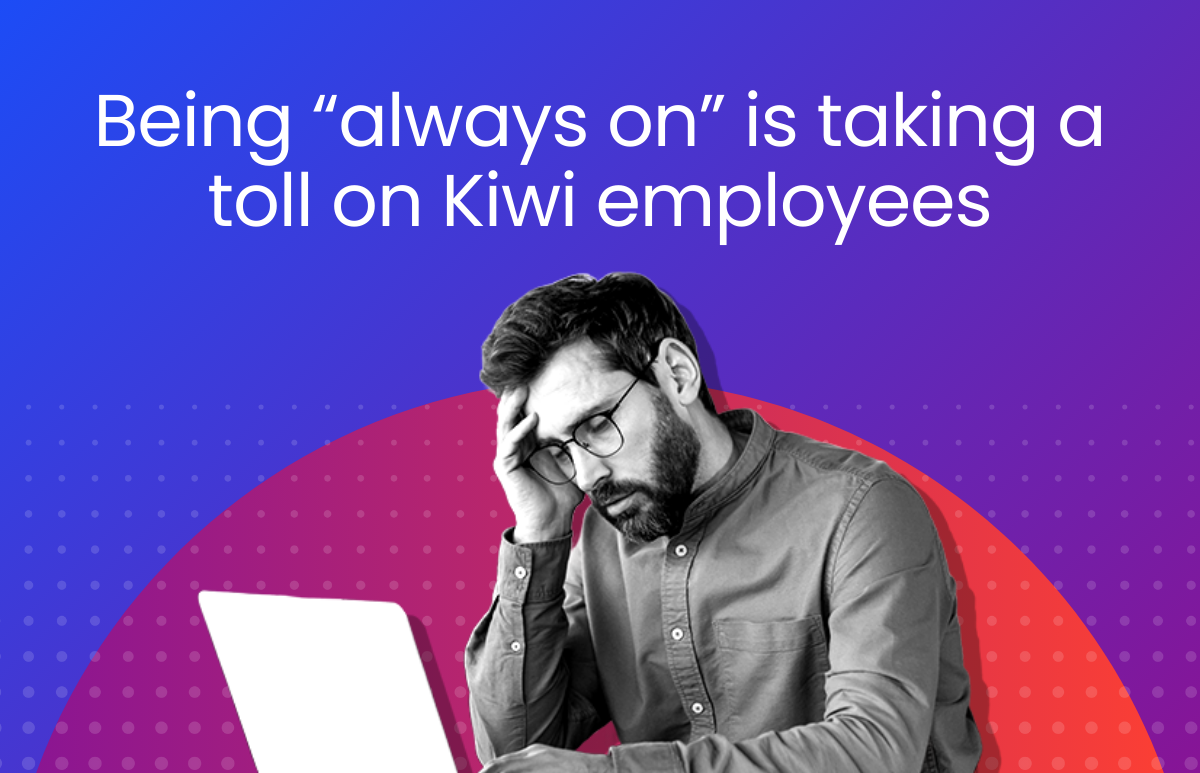The Risks of Not Having a Plan for Succession

In today’s fast paced world, it can be hard for companies to find the time to plan for succession. It’s easy to get caught up in the day to day of the job and hope that your high performing employees never leave. However, the national average tenure in a job is just over 3 years so arguably, not having a succession plan in place can expose a company to unnecessary risk, particularly when it comes to business-critical roles.
Putting the business at financial risk
When the CEO of Hewlett Packard stepped down in 2010, shares took an 8.3% plunge just after the news was announced.
Just the uncertainty of a sudden vacancy in the company’s leadership was enough to cause financial damage. Some companies recover from these situations, but some never do. Investors scare easily and react to a change at the top by assuming the worst. This situation can be avoided with a solid succession plan where upcoming leadership candidates are groomed within the company.
Loss of knowledge and experience from skilled or specialised employees
When a top employee leaves the company, they take away with them the wealth of knowledge they’ve acquired while working there. Knowledge about the systems, processes, and politics of how the office works. Not only that, they also take with them knowledge they have gained from working with your customers. Regardless of their role in the company, each employee will have some idea of what customers need, and how that turns into profit for the business. After a sudden resignation or retirement, all that knowledge is lost and can’t easily be passed on to the successor.
Negative emotional and cultural impact due to internal power struggles
When someone in a leadership position leaves the company, there is an obvious gap to fill. Without a clear succession plan, employees may compete for the position and engage in power struggles to take the vacant spot. These power struggles can cause a volatile work environment leaving other employees and their subordinates feeling unmotivated to do their jobs.
Client’s needs aren’t met to the standard they expect
When an employee suddenly exits a company, remaining employees will likely find themselves with a significantly increased workload. The departure may create some resentment or a lack of motivation, and it’s often the quality of customer service that suffers. If response times slip or customer service dips many customers may decide to take their business elsewhere.
Other employees may follow suit and leave the company if no clear structure or order is in place
When an employee decides to leave the company, there’s always the risk that others will follow them. This is especially true if a top performer or someone in a leadership role suddenly leaves. The employees who are left start wondering why they decided to leave and if there’s some shifting policies or a problem with the company itself. Others may be concerned with the pathways to promotion and wonder if staying in the company is the right decision for their career.
Hiring or promoting mistakes to fill an urgent gap
In some cases, when a CEO or other leadership position suddenly become vacant, the need to quickly fill that position leads to choosing the wrong candidate for the role. Whether they are hired from outside the company or promoted from within, hiring someone who isn’t fully qualified to handle the position can be a costly mistake. There’s the risk to the business financially if they make mistakes due to lack of experience, the risk of not fitting in culturally with the company, and the cost of recruiting and hiring new candidates if they don’t work out. In many situations, the urgency to hire someone can create a ballooning salary and benefits package in order to quickly fill the role.
Missing able and willing candidates internally who may take their talents elsewhere
Without a clear succession plan, it can be easy to overlook candidates internally who may be interested in a leadership role. These candidates are often a great investment as they are already in the company and understand the business. In most cases, it’s also cheaper to promote within the company than it is to hire outside of it, especially in the case of executive and leadership roles. Hiring talent from within can strengthen their commitment to the company and protects the company from losing any skills or business knowledge that would be lost if they left. All of these benefits can be missed if you don’t have a succession plan and have to hire to fill an urgent gap.
Undoubtedly, the absence of a clear succession plan can pose a serious risk to businesses. However, taking the time to build out a solid succession plan will significantly reduce this risk. Include a strategy for developing your current employees and take the time to hire the talent you want to see progress in the company. Set up mentorship programs for leadership roles, so that candidates can start learning the necessary skills for a leadership role and have a backup plan for sudden vacancies. In the case of business continuity, preparation is the best policy.
ELMO Cloud HR & Payroll can help HR professionals manage their workforce, even while operating remotely. As a cloud-based solution, ELMO helps employers manage their teams from anywhere at any time from a secure, centralised location. All employee-employer touchpoints are covered by ELMO’s suite, from ‘hire to retire’. For further information on any ELMO solution, please contact us.
 HR Core
HR Core 









